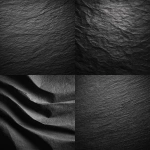Explore the Best AI Image Gallery
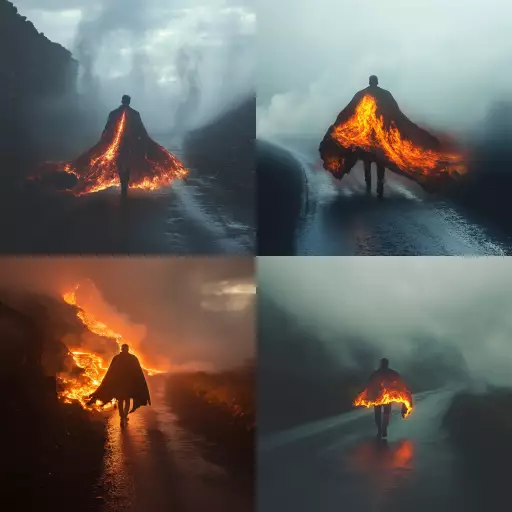
Painting with Pixels: How AI-Generated Visual Content is Transforming Creativity
The realm of creativity has always been a playground for human imagination, but the advent of artificial intelligence (AI) is ushering in a new era, one where machines can not only mimic but also augment our creative endeavors. AI-generated visual content, from stunning artworks to realistic imagery and immersive experiences, is rapidly changing the landscape of the creative industry, presenting both exciting opportunities and complex challenges.
A Canvas for Innovation: Exploring the Potential Uses
AI-powered tools are empowering creators in unprecedented ways. Here are just a few examples:
- Art Generation: AI algorithms can analyze vast datasets of art styles and generate unique pieces, pushing the boundaries of artistic expression and democratizing access to creative tools.
- Design Enhancement: Designers can leverage AI to iterate on concepts faster, explore diverse design options, and refine their creations with greater precision. This accelerates the design process and unlocks innovative solutions.
- Marketing and Advertising: Personalized visuals tailored to specific audiences can be generated at scale, enhancing marketing campaigns and creating more engaging customer experiences.
- Immersive Experiences: AI can generate realistic 3D environments and interactive narratives, paving the way for captivating virtual reality (VR) and augmented reality (AR) applications in gaming, education, and entertainment.
Navigating Ethical Considerations: Striking a Balance
While the potential of AI-generated visual content is vast, its crucial to address the ethical considerations that accompany this transformative technology:
- Copyright and Ownership: Questions arise regarding the ownership of AI-generated art. Who holds the rights—the creator who inputs the prompts, the developer of the AI algorithm, or the AI itself?
- Bias and Representation: AI models are trained on existing data, which can perpetuate societal biases. Its essential to ensure that AI-generated content reflects diverse perspectives and avoids reinforcing harmful stereotypes.
- Job displacement: As AI automates certain creative tasks, there are concerns about potential job losses in the creative industry. Upskilling and retraining will be crucial to adapt to this evolving landscape.
The Future of Creativity: A Collaborative Evolution
AI-generated visual content is not intended to replace human creativity but rather to augment it. The future likely lies in a collaborative partnership between humans and AI, where each brings their unique strengths to the table:
- Human Intuition and Vision: Humans will continue to provide the spark of imagination, conceptual direction, and nuanced artistic judgment.
- AI Efficiency and Scalability: AI can handle repetitive tasks, generate variations quickly, and process large amounts of data, freeing up human creators to focus on higher-level concepts.
The fusion of human ingenuity and AI capabilities holds immense potential for pushing the boundaries of creativity and innovation. As we navigate this exciting frontier, its essential to foster a dialogue that addresses ethical concerns, promotes responsible development, and ensures that AI technology empowers and enhances the creative process for all.
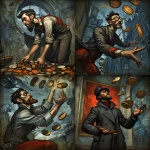
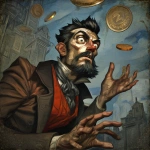
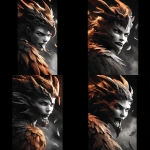
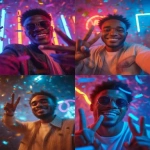
](https://images.ai-img.art/thumbnails/150/1d7b3a908141474d50d90721c394db29c0cb5404d685ae70ea60430c18e905b7.webp)
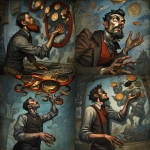


](https://images.ai-img.art/thumbnails/150/1accb5453f2335686b162f0a879c7ce73a18516a33868f214a16bdaf95beeb5a.webp)
](https://images.ai-img.art/thumbnails/150/3c5dc62bba83cc9919c20ebfec8430d31e821cef586a2753dd85ef26d77d480a.webp)




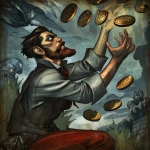
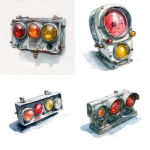


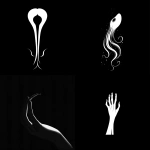
](https://images.ai-img.art/thumbnails/150/8c320ce9aefbbb5b9ec5fd4e1d0fba7388f0fff5b6c2e2f14077cad3008f291d.webp)

](https://images.ai-img.art/thumbnails/150/3e8c063b4357fc743a3c6e49a3145ee31b2dcecc018c38d2db8f97bf3e3fda3f.webp)
